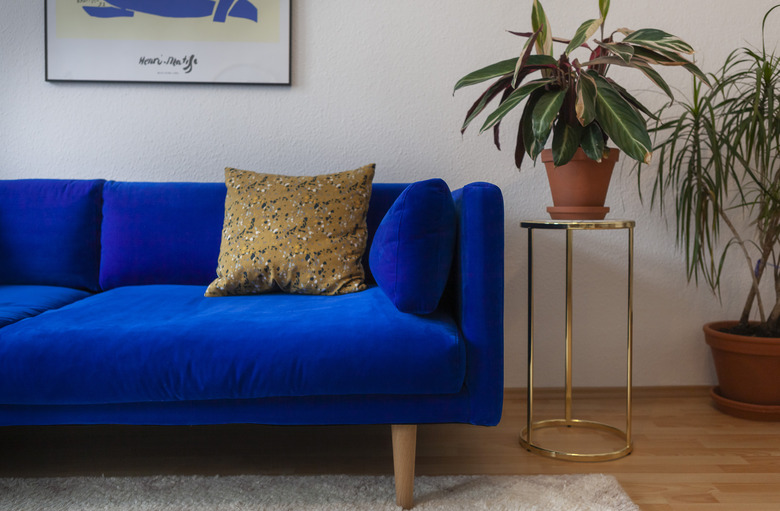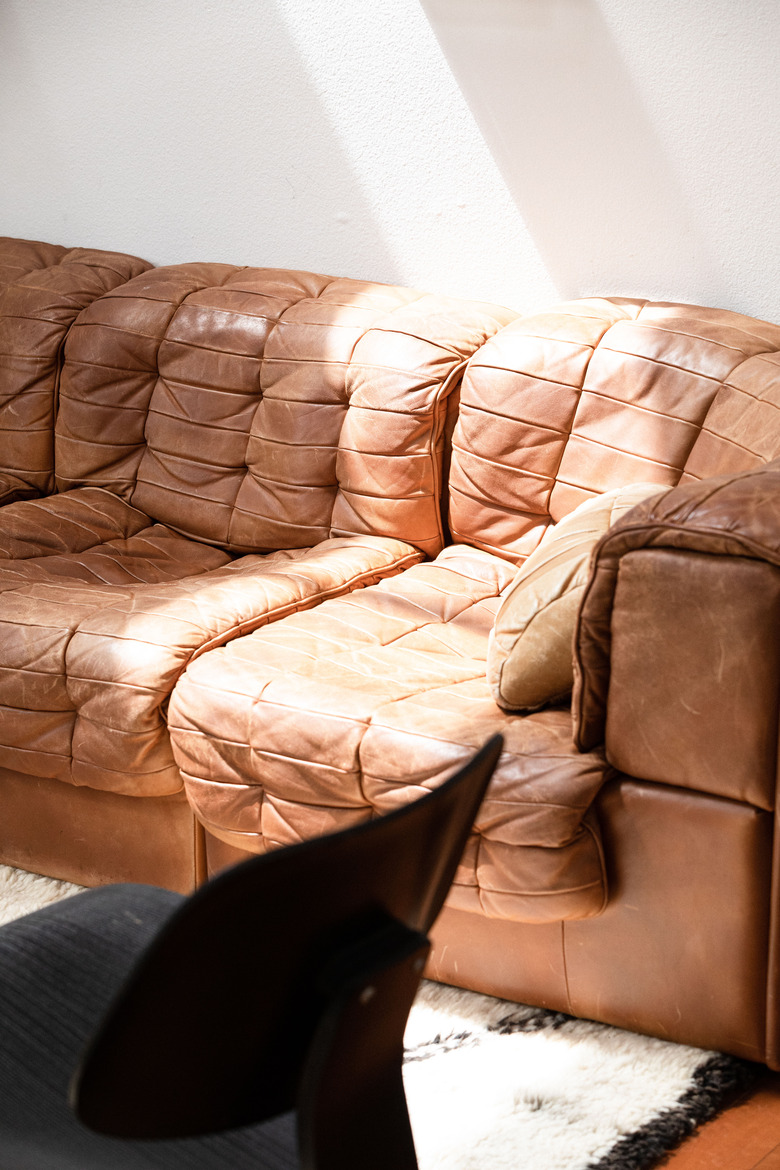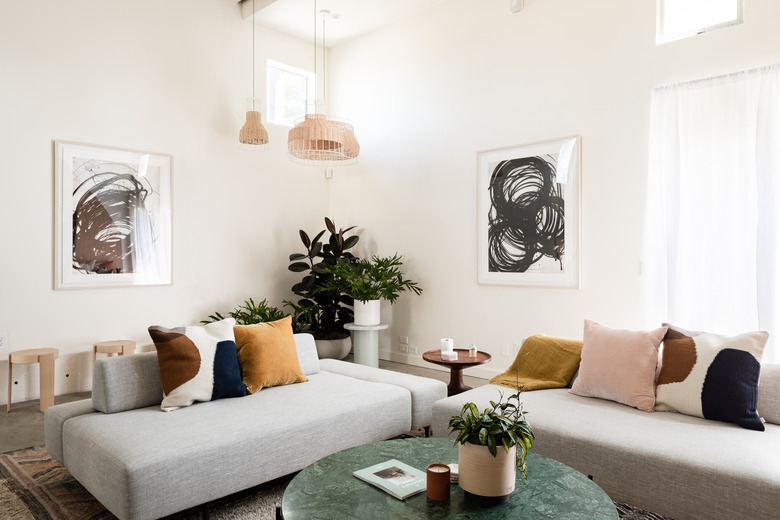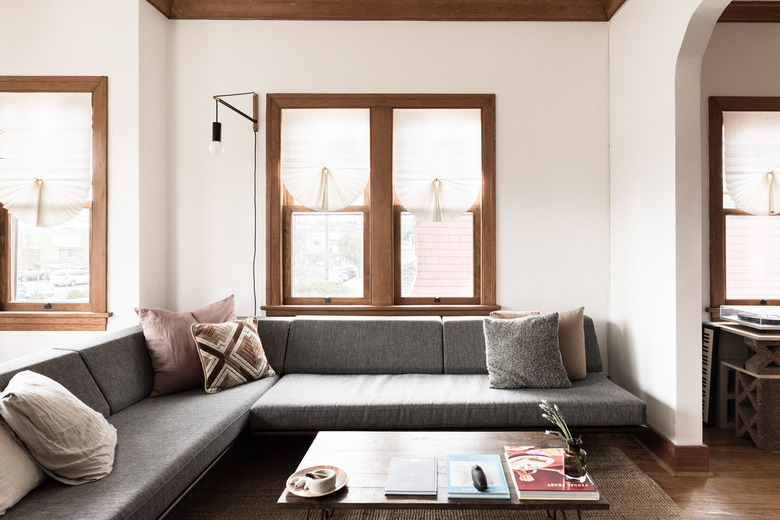Single-Cushion Vs. Multiple-Cushion Couches: What Do You Prefer?
One of the most valued pieces of furniture in the home is no doubt a couch. It's where we lounge, read, watch TV, and often where we fall asleep. Our couches (or sofas) can reflect our sense of style, but more importantly should address how we live. Thus, choosing the right couch is far from a no-brainer. Many of you may have realized that a few days after you bought your couch and put it in your home, it did not fit your lifestyle at all. One factor responsible for your remorse could be what many shoppers neglect when evaluating options: the number of seat cushions.
Cushions come in all sizes and shapes, of course, and can be attached, detached, bulky, textured, and what not, but our focus here comes down to this: are you a single-cushion or multiple-cushion couch person?
Based on browsing top furniture sites, multiple-cushion couches definitely rule in the States. Three-seater sofa designs are among the trending topics right now on Pinterest, up 128%. But why? For hardcore single-cushion folk, we couldn't imagine making the switch. Let's look at the benefits of each to understand the whys and why nots.
The Pros of a Multiple-Cushion Couch
The Pros of a Multiple-Cushion Couch
A longer lifespan.
"For the longevity of the sofa, you can move around the multiple cushions to extend the life," says Tim Beaver, IKEA senior sales leader of living room seating, who confirms that the majority of their sofas feature multiple cushions. (Only 20% of their models have one cushion.) If a cushion starts to lose its shape, flip it over, or switch placement with another one to level the seating field. It's a benefit similar to flipping a mattress.
Delineation of personal space.
Here's a great way to think about what kind of couch makes sense for you. When you go to a restaurant, are you all for community bench seating and sharing a table, or do you prefer a seat that's all your own?
With a multiple-cushion couch, each cushion has its own boundaries and effectively sets personal space domains because of them. "If you frequently have company, two- or three-cushion sofas are often more comfortable, so that guests feel as though they have a cushion or space of their own," says Allie Lowe, Wayfair senior category manager. Now if their couch neighbors respect their territory, that's a whole other issue...
More canvases for creativity.
For people who like to customize their couches, having multiple seat cushions allows personalizing each with different fabrics and textures, just as multiple pillows do.
Ease of cleaning.
Multiple detached cushions "are great for those with small kids or pets, as the seat can often be cleaned by removing the covers for washing," says Lowe. "And in some cases, you can even flip the cushion when crunched for time." You can pick and choose which ones need to be washed versus having to struggle with a larger cover.
More building blocks.
The kid in you (or the kids in your home) cannot be ignored in this respect. The more cushions, the merrier when it comes to building forts. Enough said.
On Pinterest, Joybird's Eliot Sectional in Bentley Daisy and the movable, multi-piece Nugget are among the couches trending in this category.
The Pros of a Single-Cushion Couch
The Pros of a Single-Cushion Couch
Clean line.
When it comes down to aesthetics, many designers choose a single-cushion couch because they feel it's more appealing to the eye. "Why have a seam when you don't need one?" says Mark Rogero of the Alameda, California, design studio Concreteworks. A single, uninterrupted line just looks good and has a more modern feel.
More comfortable seating.
One clean line also means there aren't uncomfortable gaps for your bottom to fall through, which can be the case with multiple cushions, especially if they're bulky.
More seating.
Without separate cushions splitting up space and creating uncomfortable gaps, the couch may appear to fit more people because, like a bench, you create your own spaces on it. A "three-seater" is predetermined by its number of set cushions, but if it were swapped out with a single cushion, could probably fit four people just fine.
Fewer places for lost items.
An added benefit of a single cushion is fewer places to lose things in your couch. Gaps between multiple seat cushions mean more places for things to get lost. You know the drill: digging around and between the cushions (especially if they're attached) for keys, pocket change, remote controls, dust, crumbs, etc. Unless you enjoy the thrill of digging for treasure in your furniture, a single cushion may be for you.
A bigger building block.
The kid in you also sees the potential in one large cushion for creative builds. Just make sure a lot of pillows are around to supplement your fortress.
An ideal napping surface.
Now let's get down to one of the biggest advantages of a single-cushion couch: it eliminates uncomfortable seams and, in most cases, equals a surface more comfortable for sleeping than multiple seat cushions would. Ever seen a bed made of multiple cushions?
Single-cushion styles such as Sven's Cascadia Blue Sofa, Restoration Hardware's Cloud Sofa, Jonathan Adler's Ether Settee, and Blu Dot's Mono Sofa are currently getting a lot of Pinterest love, as well as Anthropologie's two-piece Petite Edlyn Sectional.
Now that you've reviewed the benefits, where have you landed on the couch-cushion debate? Maybe you're lucky enough to have the space to happily have both in your home. In our own, we have the luxury (thanks in part to two hand-me-downs) of having four couches spread out into three rooms. The ones we purchased have long cushions: a black BJÖRKSNÄS IKEA bench and a gray BRÅTHULT IKEA couch (has two long cushions, but is arguably a one-cushion treatment). We also have generic faux-leather couches, feature attached, seam-heavy, with multiple cushions. But there were simple ways to remedy the latter to fit our single-cushion mindset: a thick, one-piece couch cover for the large sofa and a gifted vintage Hudson Bay king blanket over the love seat to hide the gaps. See, you really can have both.



